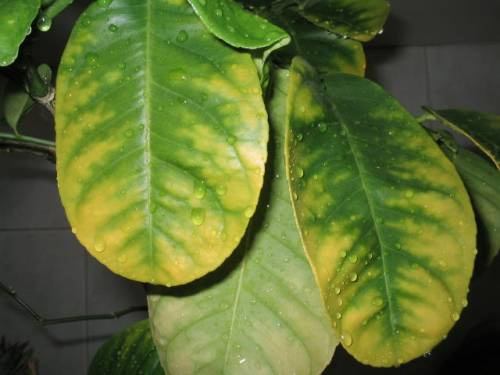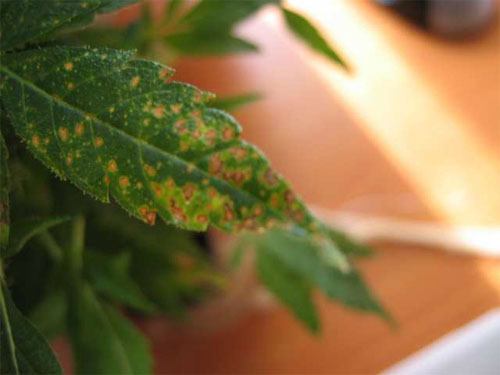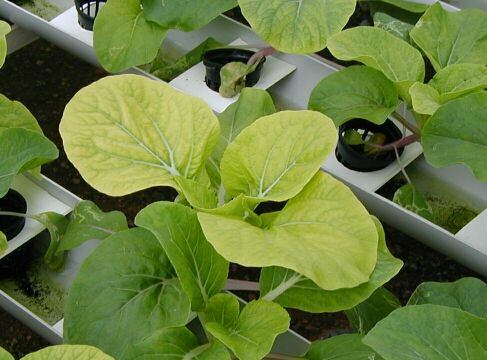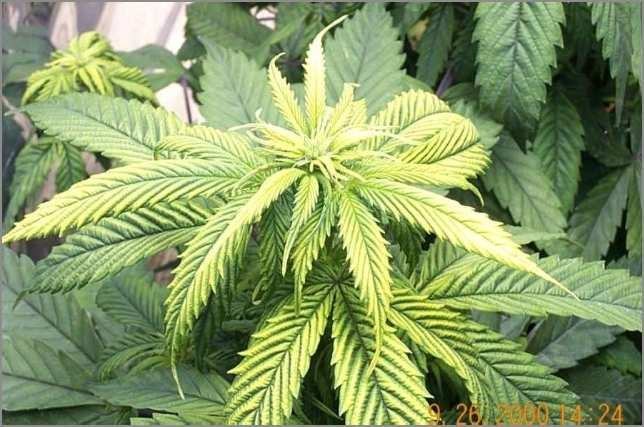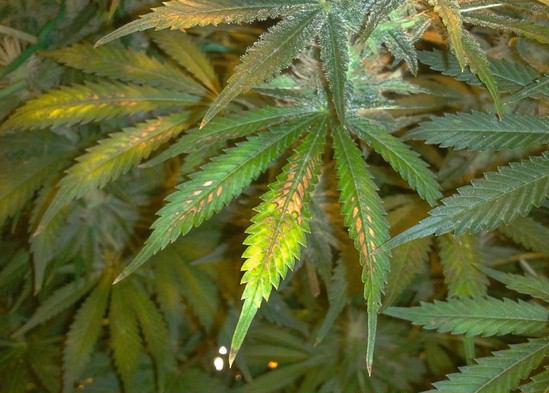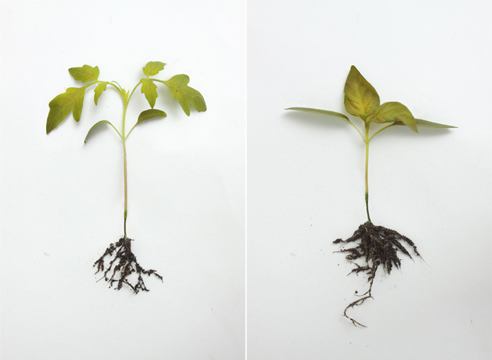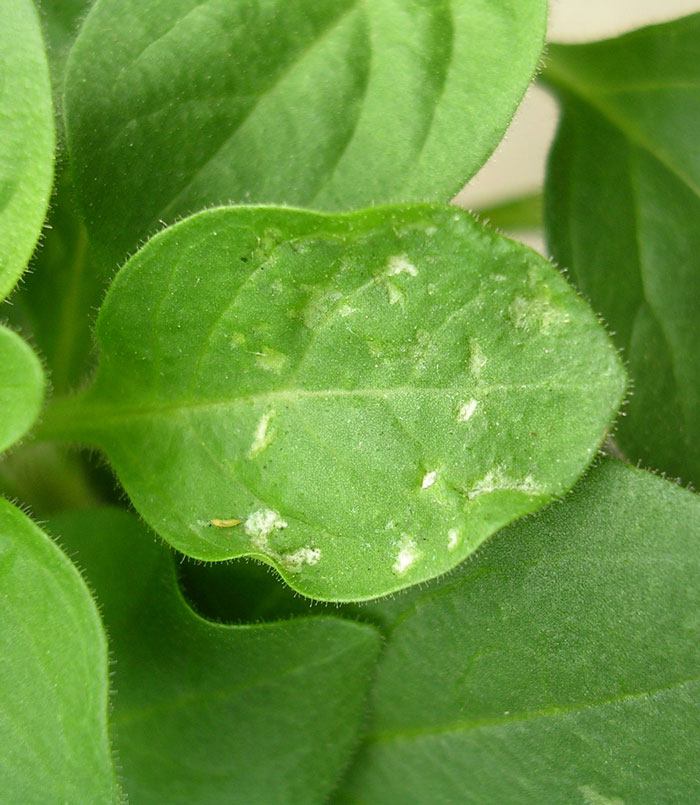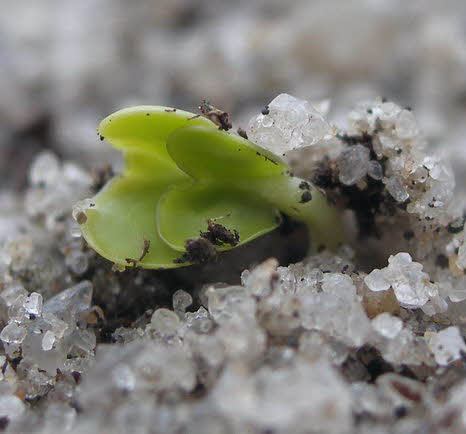I want to share the knowledge I’ve gathered about nutrient deficiencies in plants. I had to dig through a vast amount of literature to finally understand why all the leaves of my plants were turning red. It turns out this is a reaction to sunlight after prolonged winter shading. But anything can happen, so I’ll provide a simple list of indicators for problems caused by deficiencies of various elements.
Nitrogen Deficiency
Nitrogen is one of the most important elements for root nutrition. Nitrogen is a part of the protein molecule that makes up the protoplasm, which is responsible for plant respiration. It also contributes to a plant’s green color as part of chlorophyll.
Symptoms of nitrogen deficiency:
- Paleness of older leaves, yellowing, and shedding of green mass.
- Young shoots thin out, and no new shoots form.
- Roots fail to develop.
- Fruit buds do not set.
- Low protein levels.
- Acidic soil exacerbates nitrogen deficiency.
Phosphorus Deficiency
Phosphorus is an integral element of the nucleus and plasma of the complex nucleoprotein. It participates in photosynthesis and regulates the acid-base balance.
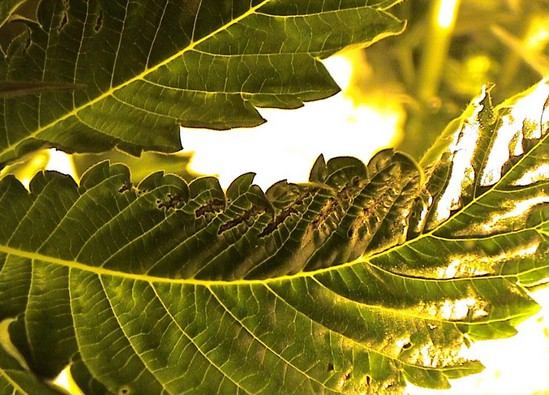 Phosphorus deficiency in plants
Phosphorus deficiency in plants
Symptoms of phosphorus deficiency:
- Bluish-green marks on foliage.
- Older leaves and stems turn purple.
- Leaf tips dry and curl.
- The inner parts of leaves may turn blue, red, or purple.
- Deformation of seedlings, seeds, and flowers.
- Poor seed germination.
- Phosphorus deficiency is aggravated by high pH levels above 7, or low pH levels below 5.5.
Calcium Deficiency
Calcium in plants neutralizes excess organic acids. It also acts as an antagonist to potassium. The proper ratio of calcium to potassium influences vital life processes in plants. Calcium deficiency is rare when watering with tap water.
Symptoms of calcium deficiency:
- Leaves wilt.
- Shoots and leaves turn brown and then die.
- Excess calcium inhibits the absorption of magnesium and potassium.
- Leaves curl, and roots shorten.
- Plants become more prone to fungal infections.
Magnesium Deficiency
Magnesium is a component of chlorophyll. It facilitates a number of reactions that form phosphate bonds and their transportation.
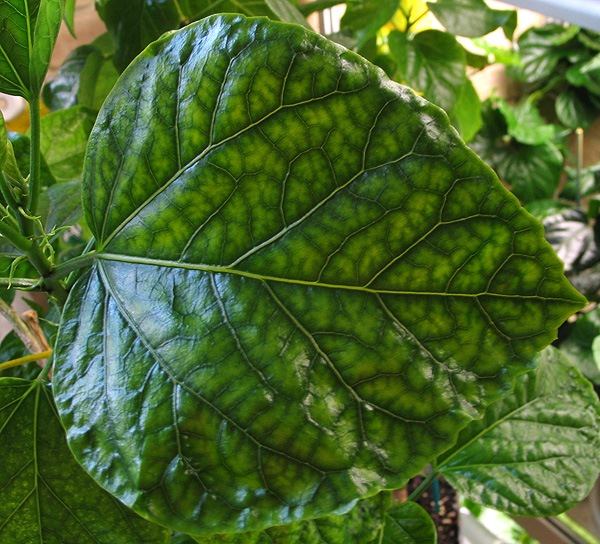 Magnesium deficiency in plants
Magnesium deficiency in plants
Symptoms of magnesium deficiency:
- Leaf edges whiten and turn yellow.
- Leaf tips curl.
- Leaves develop spots.
- Interveinal tissue dies off (necrosis, skeletonizing).
Iron Deficiency
Iron plays an essential role in redox processes and is involved in chlorophyll formation.
Symptoms of iron deficiency:
- Leaf chlorosis.
- Green mass becomes smaller.
- Sugar levels in the plant decrease.
- Highly alkaline soil exacerbates iron deficiency.
Sulfur Deficiency
Sulfur contributes to photosynthesis. It plays a role in oxygen absorption and CO2 release. If the root begins to decay, sulfur breaks down into components and hydrogen sulfide; its excess leads to rapid tissue breakdown.
Symptoms of sulfur deficiency:
- Slow plant growth.
- Light-colored leaves with a reddish hue.
- Low yield.
Copper Deficiency:
- Leaf deformation and chlorosis.
- Leaves become thinner.
- Low protein content.
- Reduced resistance to fungal infection.
Zinc Deficiency:
- Chlorosis.
- Slow plant growth.
- Low sugar and protein levels.
Boron Deficiency:
- Low sugar levels.
- Buds and flowers fail to form.
- Chlorosis, tissue death, and leaf deformation.
Manganese Deficiency:
 Manganese deficiency in plants
Manganese deficiency in plants
- Reduced vitamin content.
- Low crop yields.
- Necrosis and chlorosis of leaves.
